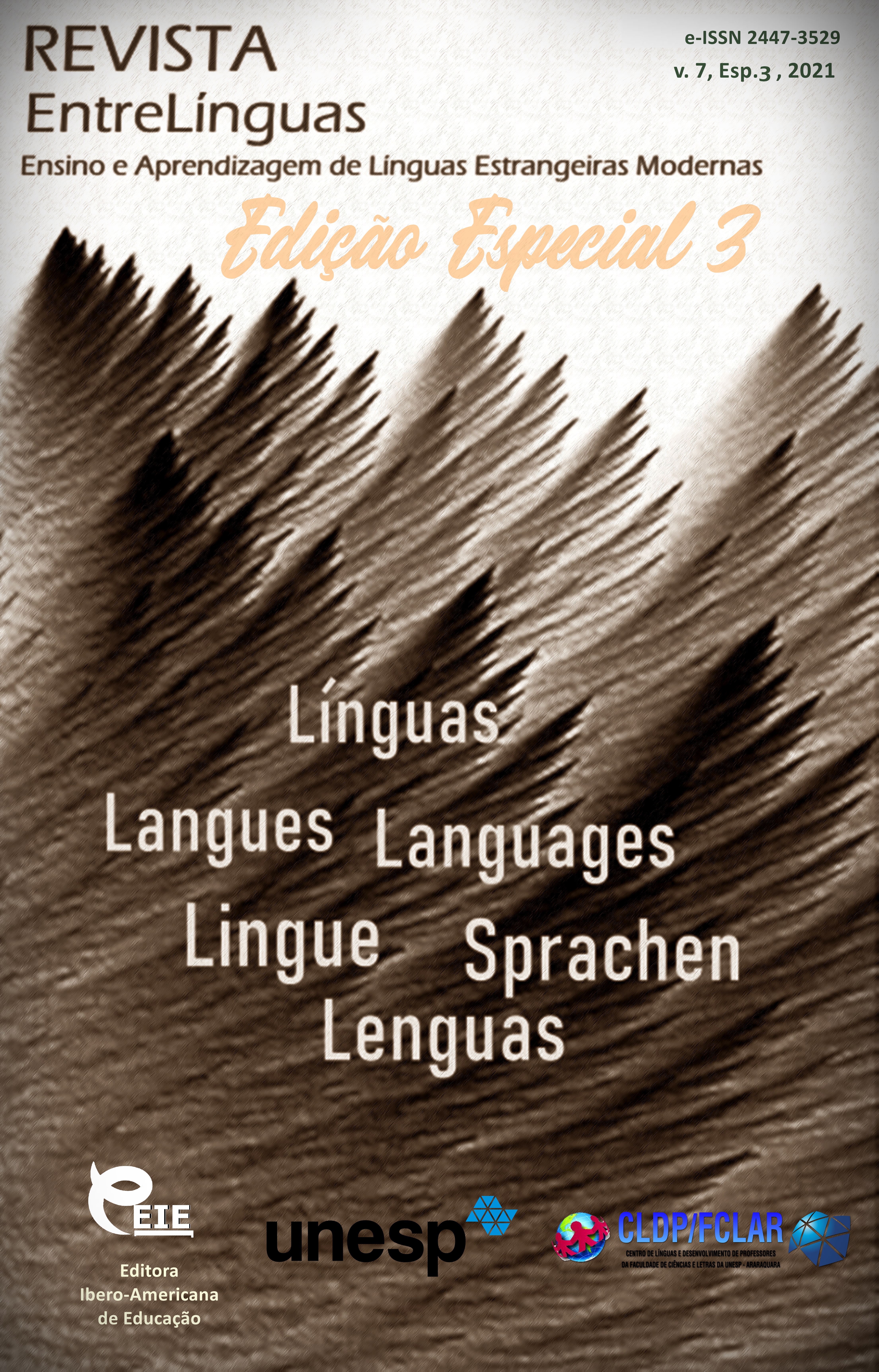The analysis of semantic fields “diplomacy”, “foreign policy” in the english and russian languages
DOI:
https://doi.org/10.29051/el.v7iesp.3.15725Keywords:
Linguistics, Language, Communication, Russian, EnglishAbstract
The concepts of diplomacy and foreign policy are directly connected. Continuing events on the world stage and the interaction of political figures (heads of state and diplomatic workers) lead to the formation of a common international situation. The current general international situation has a significant effect on the foreign policy of countries. Diplomacy is a key tool for the successful conduct of the foreign policy of each active participating state. Foreign policy significantly affects the independent system of law governing interstate relations, while diplomacy helps to formulate general international rules for this system. In this respect, the relationship of the concepts under consideration is clearly expressed. In the course of the study there are lexical units of the semantic field “diplomacy” and “foreign policy” were selected from Russian and English dictionaries with political and diplomatic designations; there was studied and verified the material in the form of diplomatic documents, protocols and international agreements.
Downloads
References
AMOSOVA, N. N. Etymological foundations of the vocabulary of modern english. Moscow: Publishing house of literature in foreign languages, 1956. 212 p.
ANISIMOVA, M. V.; LISENKO, A. R.; SAVINA, V. V. Communication problems in modern german drama. Journal of Research in Applied Linguistics, v. 10, p. 770-777, 2019.
ARAKIN, D. Essays on the history of the english language. Moscow: Fizmatlit, 2007. 25 p.
ARNOLD, I. V. Lexicology of modern english: a textbook. 2. ed. Moscow: Nauka, 2012. 321 p.
BARFIELD, O. History in english words. London: Lindisfarne Books, 2002.
GALIAKBEROVA, R. R.; GARIFULLINA D. B.; KHISMATULLINA L. G. Speech portrait of a political leader (based on the inaugural addresses of the Russian and US presidents). Revista Genero & Direito, v. 8, n. 7, p. 347-357, 2019.
PALUTINA, O. G. Regarding the translation of stylistic devices from the Spanish into the russian language. Kazan Linguistic Journal, v. 1, n. 4, p. 21-41, 2018.
SAKAEVA, L. R.; SIGACHEVA, N. A.; BARANOVA, A. R. Modeling of foreign language business communication concentrated training to master degree students. The European Proceedings of Social & Behavioural Sciences, v. 3, p. 736-743, 2017.
SEKIRIN, V. P. Borrowing in english kiev: kievsk. 2010. 17 p.
SHEPELEVA, E. V. Stages of the formation of the english language. Penza: Penza State Pedagogical University, 2011. n. 23, p. 278.
Published
How to Cite
Issue
Section
License

This work is licensed under a Creative Commons Attribution-NonCommercial-ShareAlike 4.0 International License.
Os manuscritos aceitos e publicados são de propriedade da Revista EntreLínguas. Os artigos publicados e as referências citadas na Revista EntreLínguas são de inteira responsabilidade de seus autores.
Transferência de direitos autorais – autorização para publicação
Caso o artigo submetido seja aprovado para publicação, já fica acordado que o(s) autor(es) autoriza(m) a UNESP a reproduzi-lo e publicá-lo na EntreLínguas, entendendo-se os termos “reprodução” e “publicação” conforme definição respectivamente dos incisos VI e I do artigo 5° da Lei 9610/98. O artigo poderá ser acessado pela rede mundial de computadores (Internet), sendo permitidas, a título gratuito, a consulta e a reprodução de exemplar do artigo para uso próprio de quem a consulta, desde que haja a citação ao texto consultado. Essa autorização de publicação 328 EntreLínguas, Araraquara, v. 1, n .2, p. 323-328, jul./dez. 2015 não tem limitação de tempo, ficando a UNESP responsável pela manutenção da identificação do(s) autor(es) do artigo. Os artigos publicados e as referências citadas na Revista EntreLínguas são de inteira responsabilidade de seus autores.











